
Common Edible periwinkle, Littorina littorea, in a rockpool, Cornwall
Littorina littorea is an herbivore grazing on algae, favouring Ulva lactuca and Enteromorpha intestinalis and other foliose ephemeral green algae but rejecting others, such as the fucoid Ascophyllum nodosum (Watson 1985) favoured by L. obtusata (Trussell 1997). Periwinkles reproduce sexually and fertilization is internal.

Common periwinkle Littorina littorea (Linnaeus, 1758)
Periwinkle. Scientific Name: Littorina littorea. Phylum : Mollusca. Class: Gastropoda. Description: Coiled shell, operculum is usually present and corneous, rarely calcified. Its head has a pair of tentacles with basal eyes. Distribution: Abundant intertidally, attached to any substratum. Locomotion: Foot with pedal retractor muscles that are.

Common periwinkle (Littorina littorea) Seashore to Forest Floor
The common periwinkle, Littorina littorea, is the largest, most common and widespread of the northern species. It may reach a length of 4 centimetres (1 1/2 inches), is usually dark gray, and has a solid spiral (turbinate) shell that readily withstands the buffeting of waves.

Shore periwinkle (Littorina (Littorina) littorea) Size app… Flickr
Littorina littorea is known as the Common Periwinkle. It is native to Europe from the White Sea, Russia to Gibraltar. It has been introduced to the West and East coasts of North America and the Mediterranean.
Edible Periwinkle ( Littorina littorea )
The Common Periwinkle is a small species of sea snail (16-38mm) that originates in the North Atlantic. There are 5 species of Littorina winkles in British Columbia, one of which, Littorina littorea, has been introduced within the past few years likely via imports for the shellfish trade. Except for this one, which is large in size and easy.

Periwinkle (Littorina (Littorina) littorea) Size approx 18… Flickr
Littorina littorea, the common periwinkle snail, is highly abundant on both coasts of the North Atlantic, but its presence in eastern North America was the subject of a 100-year debate (starting in the late 1800s) because of conflicting archaeological, ecological, and molecular records, which suggested both native and non-native status; as such, it was classified as a cryptogenic species in.
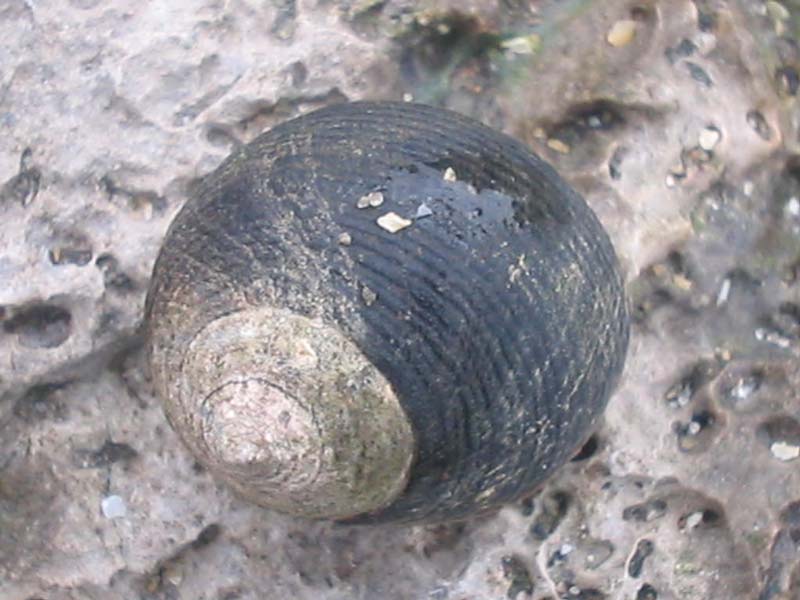
MarLIN The Marine Life Information Network Common periwinkle
The common periwinkle ( Littorina littorea ), also known as the edible periwinkle, is a frequent sight along the shoreline in some areas. Have you ever seen these little snails on the rocks or in a tide pool?
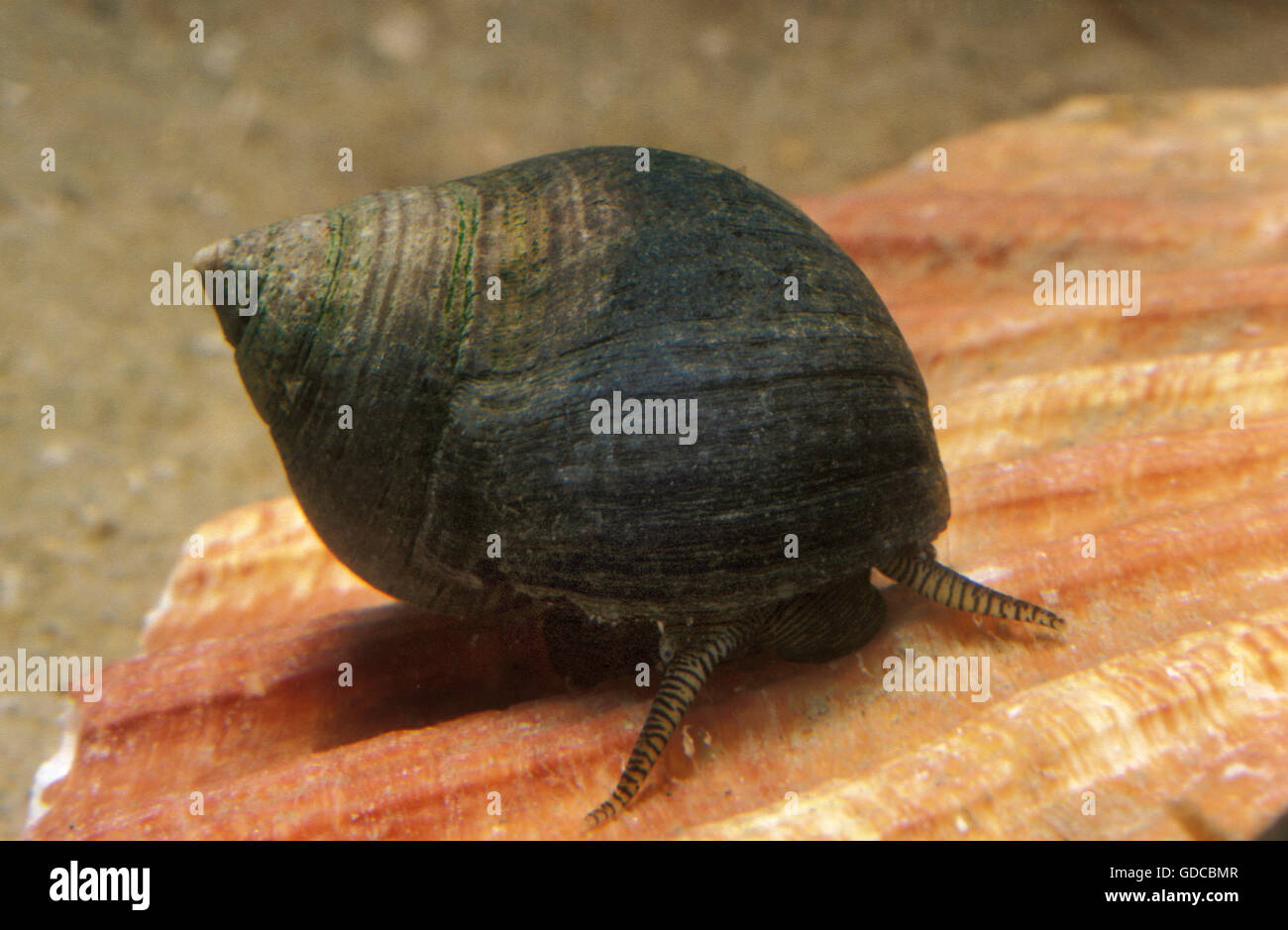
Common Periwinkle, littorina littorea Stock Photo Alamy
Background The common periwinkle (Littorina littorea) is widely distributed in the North Atlantic. The range of the periwinkle (commonly called wrinkle-winkle) in North America extends from Labrador to New Jersey.
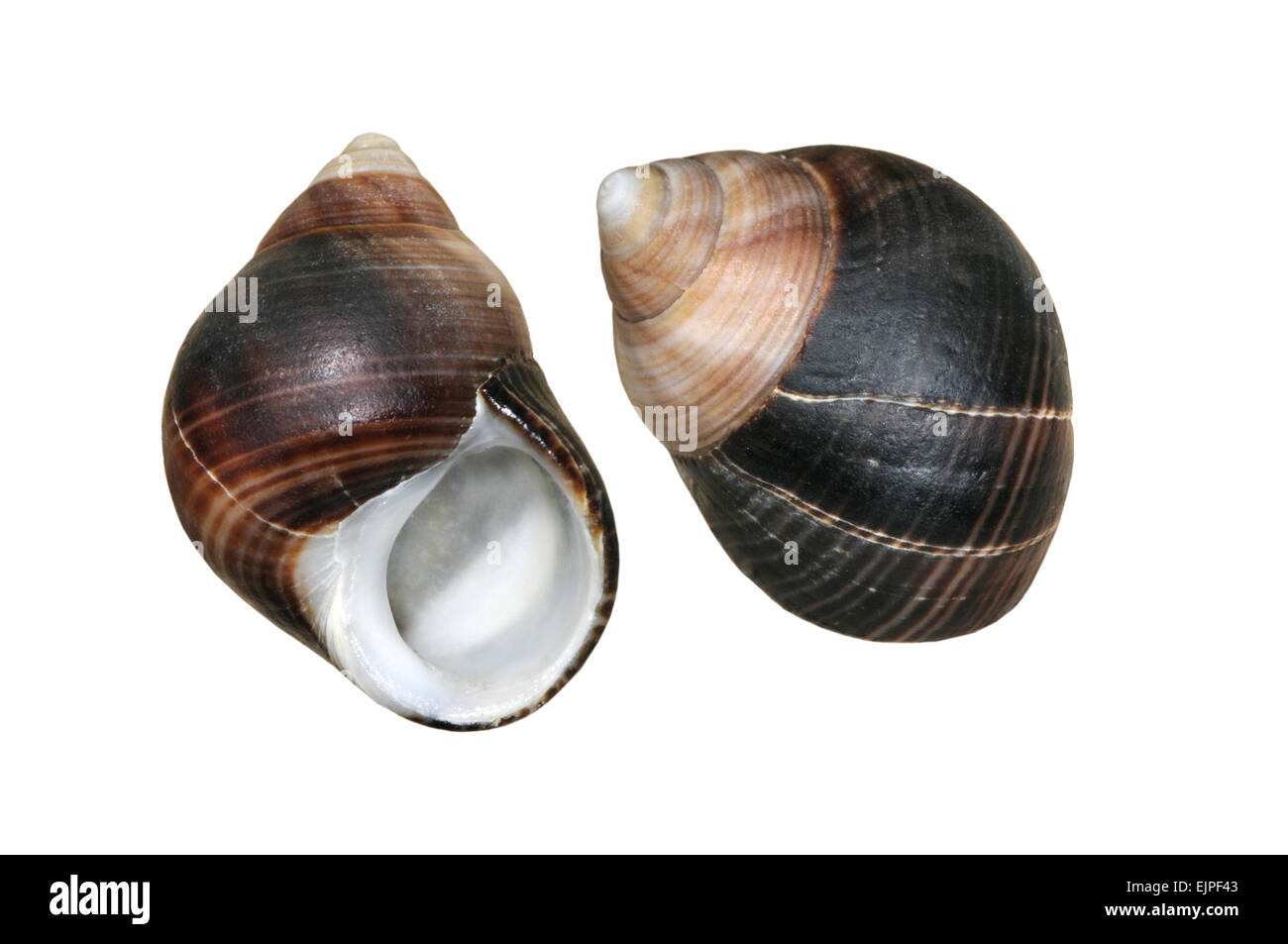
Common Periwinkle Littorina littorea Stock Photo Alamy
The gastropod Littorina littorea (common periwinkle) is an abundant and widespread North Atlantic species. The characteristic development of Intersex in L. littorea has been widely applied as a biomarker for tributyltin (TBT) contamination. Here, we assess the potential of L. littorea as a novel sentinel species for evaluating the sublethal effects in wild populations of widely distributed.
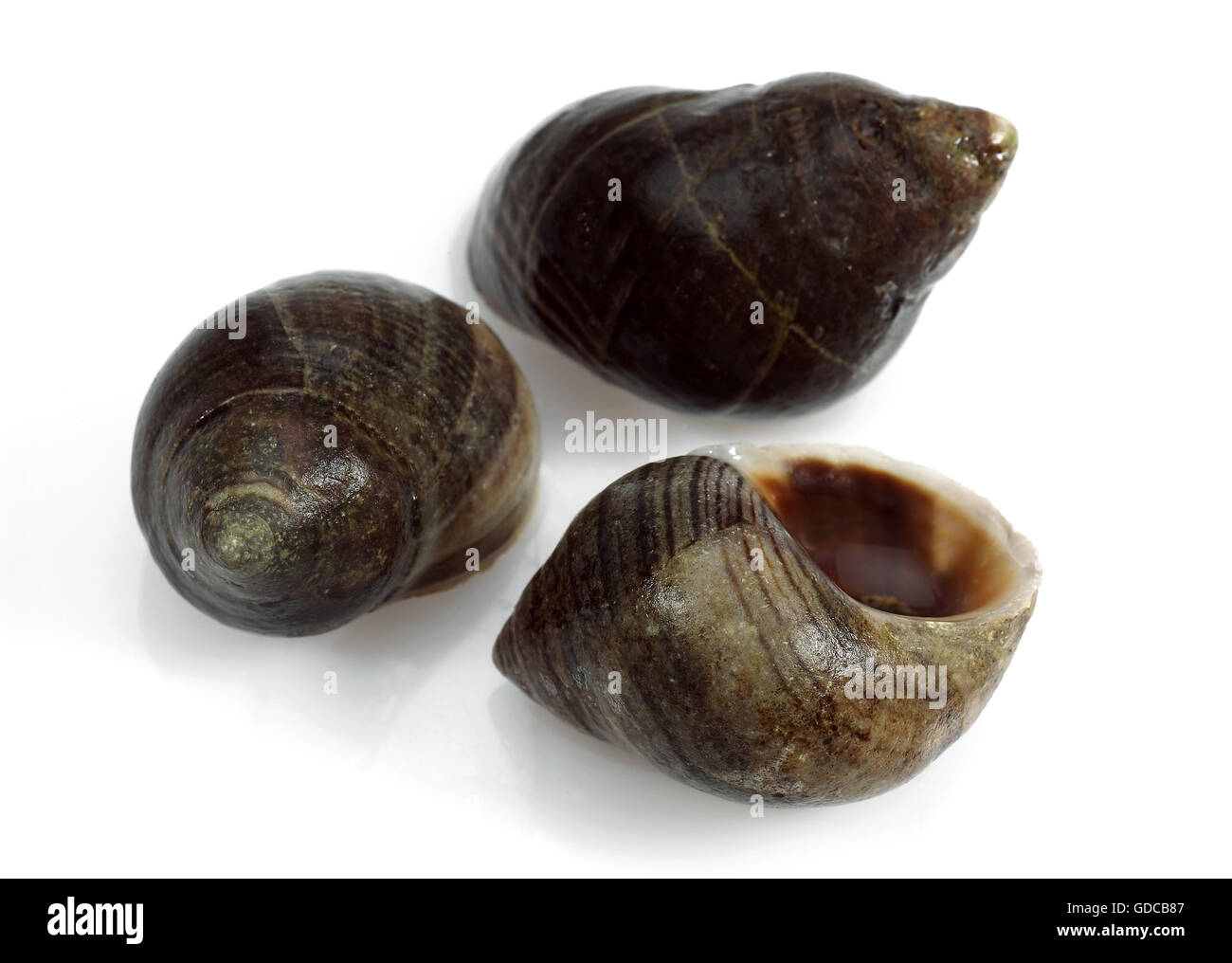
Common Periwinckle, littorina littorea, Shells against White Background
The Common Periwinkle (Littorina littorea) is a small edible sea snail and a marine gastropod mollusk that has gills and an operculum. They are native to the northeastern rocky shores, and they were introduced to the northwestern Atlantic Ocean. The shell of the Common Periwinkle is broadly ovate. Common Periwinkles have a length between .63"-1.5" (1.6-3.8 cm), width from .43"-1.06" (1.

Common periwinkle (Littorina littorea) Seashore to Forest Floor
The name Littorina littorea was in common use among scientists by the 1830s-1840s, but the species was originally described by Linnaeus (1758) as Turbo littoreus.No shells or preserved specimens survive as types from Linnaeus' work, and Reid (1996) established a lectotype from one of Linnaeus' drawings along with a diagnosis of the species. Reid discusses the taxonomic history involving.

Common Periwinkle (Littorina littorea) in the sand in Saint Lucia
Littorina littorea Mollusks-Gastropods Common Periwinkle Common Periwinkles are small snails found on rocky shores. They are native to Europe from the White Sea to Gibraltar.

Common periwinkle Littorina littorea Littorinidae on the upper shore at
Periwinkle is a common name for any of the edible intertidal snails of the genus Littorina. Periwinkles are represented by 6 species in Canadian coastal waters. Littorina littorea, the common periwinkle, was introduced in 1850 to the East Coast from western Europe where it is a popular food.
Edible Periwinkle ( Littorina littorea )
The common periwinkle, Littorina littorea, inhabits rocky shores in the high and middle intertidal zones, rock pools and mud-bottom habitats in estuaries ( Moore, 1937 ). This herbivorous species has a mixed diet ( Davies & Beckwith, 1999) including benthic macroalgae and a wide variety of benthic microalgal species ( Norton et al., 1990 ).
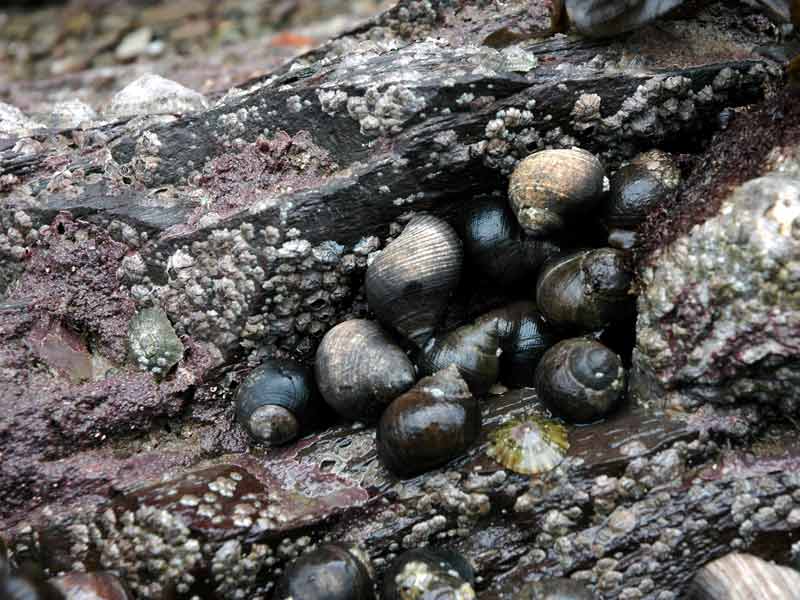
MarLIN The Marine Life Information Network Common periwinkle
Littorina littorea Group Name Molluscs Taxonomy details Habitat Periwinkles are marine snails found in the North Atlantic. They occur along the northeastern coast of North America, with a range that begins in Newfoundland and Labrador and ends in New Jersey.

Common periwinkle (Littorina littorea) Seashore to Forest Floor
It's hard to take a trip to a rocky coastline in New England without noticing hundreds of common periwinkles (Littorina littorea). Despite the name "common", these gastropods are not actually native to New England. They were introduced in the mid-19th century, likely through ballast water in ships from Europe (its native range). Since then, the common periwinkle has become well.
